Healthy and beautiful. Italian Colonies during the Fascist Period: two Architectures between Abruzzi’s Mountain and Sea
Abstract
Seaside, mountain and heliotherapeutic colonies form a combined health and educational building typology encouraged by the National Fascist Party for the care and training of young Italians.
Different commissioning authorities and environmental conditions prevent the adoption of any single model for a new architectural typology that going way beyond the gloomy nineteenth-century medical centres for tuberculosis.
Characteristics are allegorical and recreational aspects evoking the images of aeroplanes, ships, letters of the alphabet. These structures, however, are also complex “health-care machines”, developing buildings arrangement to provide health-enhancing ways, including the use of innovatory materials and building techniques.
The paper retraces the architectural and typological evolution of the buildings for the treatment of tuberculosis from which the colonies originate, focusing the attention on two of the marine and mountain colonies built in Abruzzo in the fascist period, in order to study its architecture, the construction events and the materials used to make them "healthy and beautiful".
Parole chiave
Full Text
PDF (English)DOI: https://doi.org/10.14633/AHR115
Refback
- Non ci sono refbacks, per ora.
Copyright (c) 2019 Simonetta Ciranna, Patrizia Montuori

This work is licensed under a Creative Commons Attribution-NonCommercial 4.0 International License.
........................................................................................................................................................................................................................................................................................................................................................
ArcHistoR è una rivista open access e peer reviewed (double blind), di Storia dell’architettura e Restauro, pubblicata con cadenza semestrale dall'Università Mediterranea di Reggio Calabria (Laboratorio CROSS - Storia dell'architettura e Restauro, dAeD - Dipartimento di Architettura e Design).
ISSN 2384-8898
![]()

Comitato scientifico internazionale
Maria Dolores Antigüedad del Castillo-Olivares, Monica Butzek, Jean-François Cabestan, Alicia Cámara Muñoz, David Friedman, Alexandre Gady, Jörg Garms, Miles Glenndinning, Mark Wilson Jones, Loughlin Kealy, Paulo Lourenço, David Marshall, Werner Oechslin, José Luis Sancho, Dmitrij O. Švidkovskij
Comitato direttivo
Tommaso Manfredi (direttore responsabile), Giuseppina Scamardì (direttrice editoriale), Antonello Alici, Salvatore Di Liello, Fabrizio Di Marco, Paolo Faccio, Mariacristina Giambruno, Bruno Mussari, Annunziata Maria Oteri, Francesca Passalacqua, Edoardo Piccoli, Renata Prescia, Nino Sulfaro, Fabio Todesco, Guglielmo Villa
 .
. 


2.jpg)
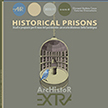
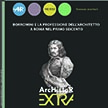


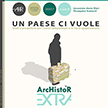
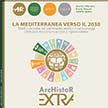
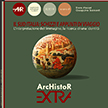
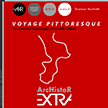
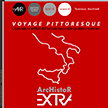
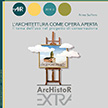
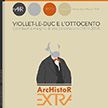
_2.jpg) .
. 
 .
. 

